
漢德百科全書 | 汉德百科全书
 History
History

 FIFA Fussball-Weltmeisterschaft 1994
FIFA Fussball-Weltmeisterschaft 1994

 Financial
Financial
 ***Global Financial Center
***Global Financial Center
 Women's Soccer World Cup 1999
Women's Soccer World Cup 1999

 History
History
 N 2000 - 2100 AD
N 2000 - 2100 AD

 History
History
 M 1500 - 2000 AD
M 1500 - 2000 AD

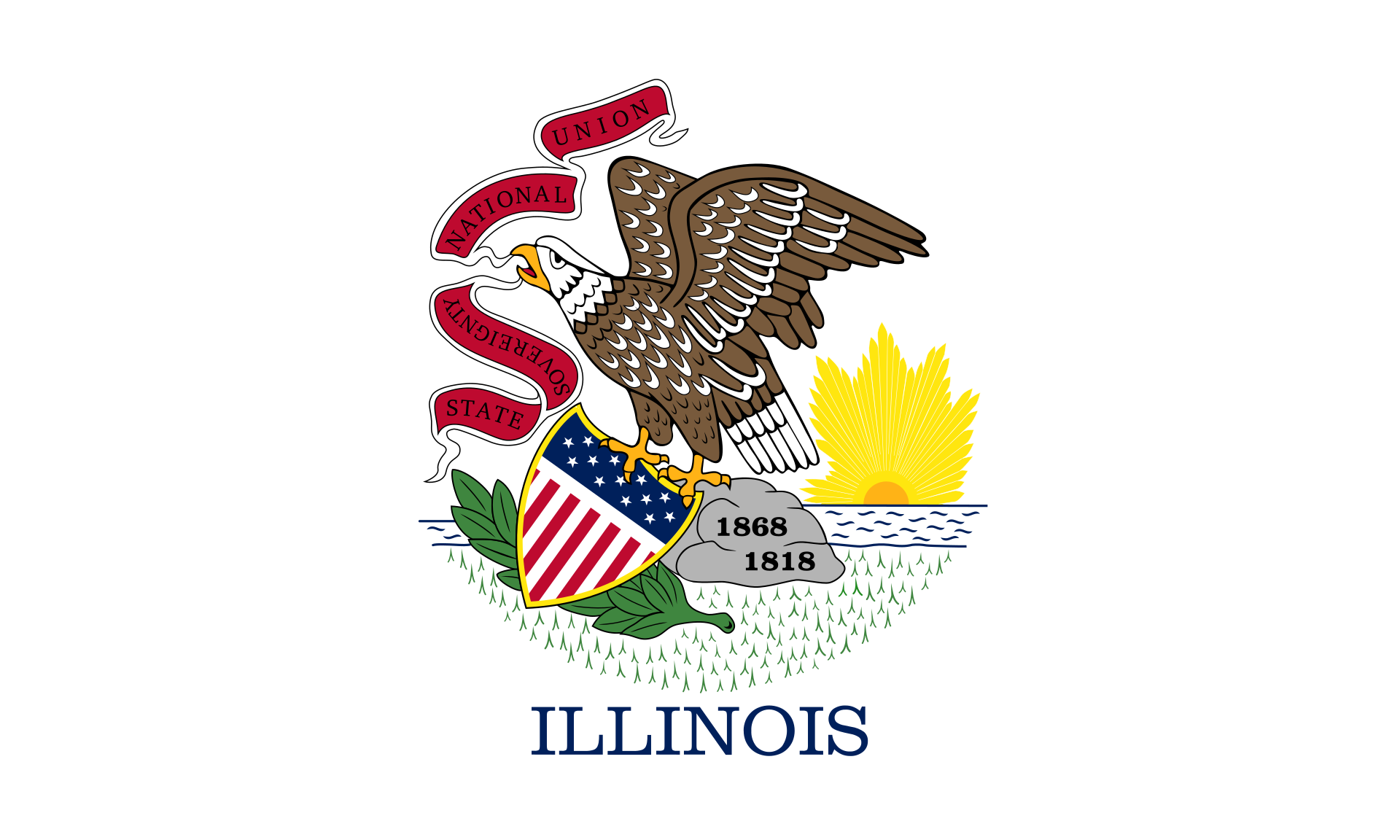 Illinois-IL
Illinois-IL

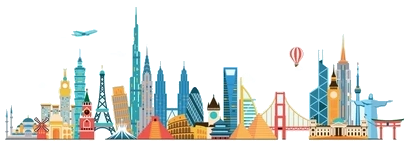 International cities
International cities
 ***Global Urban Economic Competitiveness
***Global Urban Economic Competitiveness
 ITU World Championship Series
ITU World Championship Series

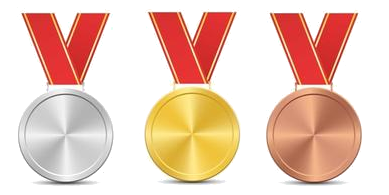 Sport
Sport
 Triathlon
Triathlon
 United States
United States

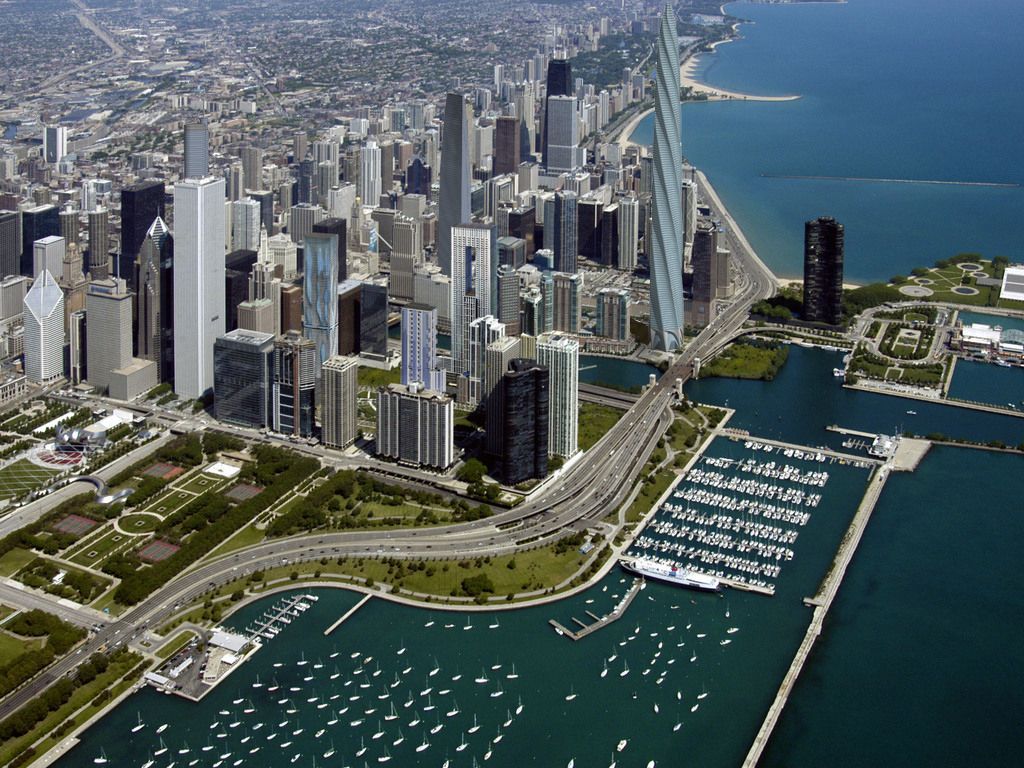
Wie die meisten amerikanischen Städte ist Chicago am Reißbrett entworfen worden. Das Schachbrettmuster kann man z.B. von der Aussichtsplattform des Sears-Towers gut erkennen. Die Aussicht von diesem Punkt aus ist atemberaubend. Genießen Sie das Panorama des Lake Michigan und beobachten Sie die Flugzeuge die am Chicago-International-Airport landen.
Chicago (deutsche Schreibweise: Chikago,[1] Aussprache: [ʃɪˈkɑːgoʊ]; ) ist eine Stadt am Südwestufer des Michigansees im Bundesstaat Illinois in den Vereinigten Staaten von Amerika. Mit einer Einwohnerzahl von 2.722.389 (2014)[2] ist sie die drittgrößte Stadt der Vereinigten Staaten. In der Agglomeration leben 8,7 Millionen, in der Metropolregion Chicago 9,7 Millionen Menschen (2007).[3]
Chicago ist seit der Mitte des 19. Jahrhunderts eine wichtige Handelsstadt in den Vereinigten Staaten. Diese Funktion wird durch ihre Eigenschaft als Eisenbahnknotenpunkt und ihre Lage an der Mündung des Illinois Waterways begünstigt. Die Stadt liegt an wichtigen Eisenbahnstrecken, die die Ost- mit der Westküste verbinden und ist über die Großen Seen und den Sankt-Lorenz-Seeweg bzw. den Eriekanal mit dem Atlantik und mit New York City verbunden. Der Illinois Waterway stellt über den Mississippi die Verbindung zum Golf von Mexiko her.
Chicago ist Sitz der Chicago Mercantile Exchange, der größten Warenterminbörse der Vereinigten Staaten, und der Chicago Board of Trade, der größten Rohstoff-, Futures- und Optionsbörse der Vereinigten Staaten. Außerdem befindet sich hier die größte Regionalbörse der Vereinigten Staaten, die Chicago Stock Exchange.
Die Metropolregion von Chicago erbrachte 2016 eine Wirtschaftsleistung von 651,2 Milliarden US-Dollar.[4] Bei einer Studie aus dem Jahr 2014 belegte Chicago Platz 9 unter den wirtschaftsstärksten Metropolregionen weltweit und Platz 3 innerhalb der Vereinigten Staaten.[5]
十七世纪时为法国皮毛商交易地,后归美国。1834年建市。1848年伊利诺伊·密歇根运河开通和铁路相继修建后,发展极速。全国最大的铁路 枢纽,32条干线交会于此。现为全国性的重要农畜产品贸易市场和钢铁冶炼基地。肉类加工、面粉、罐头、冷冻食品加工等发达。此外还有农机制造、机车、货 车、电话机、电视机、收音机、印刷、塑料等。包括卫星城市格里、南芝加哥,为美国第二个重工业地带。多大银行、商业企业,有芝加哥大学(1891年建)与 科学研究机构等。
芝加哥市内保存着早期传统式的西欧古建筑,又有壮观巍峨的现代摩天大楼。市区沿着宽阔壮丽的大道连绵数十公里,规划布局井井有条。现在的城市是 1871年的大火之后重建的,新城各种形状新奇、色彩各异的高层建筑使其成为一建筑艺术博物馆。芝加哥市区内摩天大楼之多,仅次于纽约。
芝加哥市内保存着早期传统式的西欧古建筑,又有壮观巍峨的现代摩天大楼。市区沿着宽阔壮丽的大道连绵数十公里,规划布局井井有条。现在的城市是1871年 的大火之后重建的,新城各种形状新奇、色彩各异的高层建筑使其成为一建筑艺术博物馆。芝加哥市区内摩天大楼之多,仅次于纽约。当今全世界5座最高的摩天大 楼有3座在芝加哥,市中心的西尔斯大厦是美国第一高楼,有110层,高443米。
19世纪开通的伊利诺伊-密歇根运河,把处于内陆的芝加哥同五大湖和大西洋连接起来,变为港口城市。海洋巨轮从加拿大的圣劳伦斯湾直驶芝加哥码 头。芝加哥是美国的铁路枢纽,几十条铁路交汇于此,连接美国各大城市;它还有世界上最繁忙国际机场之一的奥黑尔国际机场;因此,芝加哥可以称得上美国东西 交通、水、陆、空运输的中心。
シカゴ(英: Chicago [ʃɨˈkɑːɡoʊ, ʃɨˈkɔːɡoʊ, tʃɨˈkɑːɡoʊ] (![]() 音声ファイル)))は、アメリカ合衆国イリノイ州にある都市。同州最大の都市であり、国内では、ニューヨーク、ロサンゼルスに次ぐ人口を持つ。
音声ファイル)))は、アメリカ合衆国イリノイ州にある都市。同州最大の都市であり、国内では、ニューヨーク、ロサンゼルスに次ぐ人口を持つ。
シカゴはクック郡内にあり、同郡の郡庁所在地である。同郡には他にアーリントンハイツなどが含まれる。2012年の人口は271万人。
19世紀後半から20世紀中盤まで、アメリカ国内における鉄道・航空・海運の拠点として、また五大湖工業地帯の中心として発展し、ニューヨークに次ぐアメリカ第2の都市となっていた歴史を持つ。摩天楼がそびえ立つアメリカ型都市の発祥とされ、ダウンタウンの高層建築は、シカゴ派として知られ、近代建築史における重要局面をなした。1973年に建てられたシアーズ・タワー(現在はウィリス・タワーに改称)は、1998年まで世界一の高層建築であった。マコーミック・プレイスコンプレックスは、北米最大のコンベンション・センターであり、オヘア空港は全米有数の過密な空港として知られる。
アメリカのシンクタンクが2017年に発表した総合的な世界都市ランキングにおいて、世界12位の都市と評価された[1]。アメリカの都市ではニューヨーク、ロサンゼルスに次ぐ3位である。2017年3月の調査によると、世界7位の金融センターである[2]。2014年の都市の経済規模(GDP)では、世界9位となっている[3]。
日本語の漢字表記は「市俄古」。また、シカゴに住む人々は「Chicagoans(シカゴアンズ)」と呼ばれている[4]。
Chicago (/ʃɪˈkɑːɡoʊ/ (![]() listen), locally also /-ˈkɔː-/), officially the City of Chicago, located on the shores of freshwater Lake Michigan, is the third most populous city in America after New York and Los Angeles. As of the 2017 census-estimate, Chicago has a population of 2,716,450, which makes it the most populous city in both the state of Illinois and the Midwestern United States. It is the county seat of Cook County, the second most populous county in the U.S. Chicago is the principal city of the Chicago metropolitan area, which is often referred to as "Chicagoland." The Chicago metropolitan area has nearly 10 million people, is the third-largest in the United States, the fourth largest in North America, and the third largest metropolitan area in the world by land area. Chicago is the birthplace of the skyscraper, and considered the most influential architectural city of the 20th century.[6] In finance, the city saw the creation of the first standardized futures contracts at the Chicago Board of Trade; which today is the largest and most diverse derivatives market in the world, generating 20% of all volume in commodities and financial futures.[7]
listen), locally also /-ˈkɔː-/), officially the City of Chicago, located on the shores of freshwater Lake Michigan, is the third most populous city in America after New York and Los Angeles. As of the 2017 census-estimate, Chicago has a population of 2,716,450, which makes it the most populous city in both the state of Illinois and the Midwestern United States. It is the county seat of Cook County, the second most populous county in the U.S. Chicago is the principal city of the Chicago metropolitan area, which is often referred to as "Chicagoland." The Chicago metropolitan area has nearly 10 million people, is the third-largest in the United States, the fourth largest in North America, and the third largest metropolitan area in the world by land area. Chicago is the birthplace of the skyscraper, and considered the most influential architectural city of the 20th century.[6] In finance, the city saw the creation of the first standardized futures contracts at the Chicago Board of Trade; which today is the largest and most diverse derivatives market in the world, generating 20% of all volume in commodities and financial futures.[7]
Chicago was incorporated as a city in 1837 near a portage between the Great Lakes and the Mississippi River watershed and grew rapidly in the mid-nineteenth century.[8] After the Great Chicago Fire of 1871, which destroyed several square miles and left more than 100,000 homeless, the city made a concerted effort to rebuild.[9] The construction boom accelerated population growth throughout the following decades, and by 1900 Chicago was one of the five largest cities in the world.[10] During this period, Chicago made noted contributions to urban planning and zoning standards, which included creating new construction styles (including the Chicago School of architecture), the development of the City Beautiful Movement, and the steel-framed skyscraper.[11]
Positioned along Lake Michigan, the city is an international hub for finance, commerce, industry, technology, telecommunications, and transportation. O'Hare International Airport is the one of the busiest airports in the world, and the region also has the largest number of U.S. highways and railroad freight.[12] In 2012, Chicago was listed as an alpha global city by the Globalization and World Cities Research Network,[13] and it ranked seventh in the entire world in the 2017 Global Cities Index.[14] Chicago has the fourth-largest gross metropolitan product in the world — generating about $670.5 billion according to September 2017 estimates — ranking it after the metropolitan areas of Tokyo, New York City, and Los Angeles, and ranking ahead of number five London and number six Paris.[15] Chicago has one of the world's largest and most diversified and balanced economies, not being dependent on any one industry, with no single industry employing more than 14% of the workforce.[16]
Chicago was the second most visited city in the United States with 55 million domestic and international visitors,[17][18] not far behind the 62 million visitors to New York City in 2017.[19] The city ranked first place in the 2018 Time Out City Life Index, a global quality of life survey of 15,000 people in 32 cities.[20][21][22][23][24] Landmarks in the city include Millennium Park, Navy Pier, the Magnificent Mile, the Art Institute of Chicago, Museum Campus, the Willis (Sears) Tower, the Museum of Science and Industry, and Lincoln Park Zoo. Chicago's culture includes the visual arts, literature, film, theater, comedy (especially improvisational comedy), food, and music, particularly jazz, blues, soul, hip-hop, gospel,[25] and electronic dance music including house music. There are many colleges and universities in the Chicago area, of which the University of Chicago, Northwestern University, and the University of Illinois at Chicago are classified as "highest research" doctoral universities.
Chicago has professional sports teams in each of the major professional leagues, including two Major League Baseball teams. The city has had several nicknames throughout its history such as the Windy City, Chi-Town, Second City, and the City of the Big Shoulders, referring to its numerous towers and skyscrapers.[26]
Chicago (en anglais [ʃɪˈkɑːɡoʊ] ou [ʃɪˈkɔːɡoʊ]) est la troisième ville des États-Unis par sa population et se situe dans le nord-est de l'État de l'Illinois. C'est la plus grande ville de la région du Midwest, dont elle forme le principal centre économique et culturel2. Chicago se trouve sur la rive sud-ouest du lac Michigan, un des cinq Grands Lacs d'Amérique du Nord. Les rivières Chicago et Calumet traversent la ville.
Comptoir commercial fondé à la fin du XVIIIe siècle par Jean Baptiste Pointe du Sable, un mulâtre d'origine française, Chicago devient une municipalité en 18333 et acquiert officiellement le statut de ville en 18374. Elle est le siège du comté de Cook. Chicago est aussi le siège d'une paroisse catholique francophone, signe de son histoire liée à la France5.
La ville de Chicago compte 2 716 450 habitants et s'étend sur une superficie de 606 km2. Ses habitants s'appellent les Chicagoans6 (ou plus rarement Chicagolais7). Troisième ville des États-Unis par sa population, l'agglomération de Chicago est également la troisième du pays avec une population de 8 711 000 habitants s'étendant sur 5 498 km2. L'aire métropolitaine de Chicago (Chicago metropolitan area), communément appelée « Chicagoland », compte 9 526 434 habitants et s'étend sur 28 163 km28,9 à travers trois États (Illinois, Indiana et Wisconsin), ce qui en fait la quatrième aire urbaine d'Amérique du Nord après Mexico, New York et Los Angeles10.
Chicago est une ville de classe mondiale alpha11. Elle constitue le deuxième centre industriel des États-Unis et appartient à la « Ceinture des industries » (Manufacturing Belt), mais la ville est aussi une des principales places financières du monde12 et la première bourse de matières premières agricoles au monde13. C'est à Chicago que sont fixés les prix du blé et du soja aux États-Unis14. La ville se classe au troisième rang national pour le nombre d'entreprises implantées dans son agglomération15, dont les plus importantes sont Motorola, Boeing, United Airlines, McDonald's, Sears, Kraft Foods, Mondelēz ou encore les laboratoires Abbott. D'autres entreprises y ont été créées, comme Hertz, l'une des plus grandes enseignes de location de voitures. L'industrie emploie plus d'un million de personnes dans l'agglomération de Chicago15.
Grâce à sa situation exceptionnelle, la ville constitue un centre de communication majeur de voies terrestres (l'un des plus importants en Amérique du Nord), et de transports aériens avec ses deux aéroports internationaux, O'Hare et Midway. Elle acquiert une grande renommée culturelle grâce à son architecture moderne de gratte-ciel16 et attire des millions de visiteurs chaque année17. En effet, la Willis Tower (appelée « Sears Tower » jusqu'au mois de juillet 2009) a été de 1973 à 1998, le plus haut gratte-ciel du monde18 et est à ce jour le deuxième immeuble le plus haut du continent américain après le One World Trade Center à New York. Enfin, la ville compte de nombreux établissements d'enseignement supérieur, des musées prestigieux, des théâtres réputés et un orchestre symphonique de renommée mondiale.
Chicago (AFI: /ʧiˈkaɡo/[4]; in inglese /ʃɪˈkɑɡoʊ/) è la più grande città dell'Illinois, la più grande metropoli dell'entroterra statunitense e la terza per popolazione di tutti gli Stati Uniti d'America dopo New York e Los Angeles, con i suoi 2.722.389 abitanti.[3] La sua area metropolitana (detta Chicagoland) conta 9.554.598 abitanti distribuiti in un'ampia area pianeggiante situata lungo le rive del lago Michigan. Trasformatasi da cittadina in una importante metropoli, Chicago è stata definita come una delle 10 città più influenti al mondo. Oggi è una città multietnica, nonché un importante centro finanziario e industriale ed uno dei maggiori centri fieristico/espositivi mondiali.
Il centro della città (denominato "the Loop") è dominato da imponenti grattacieli che arrivano anche ai 108 piani (per un'altezza di 442 m) della Willis Tower. Questa tipologia architettonica è nata proprio a Chicago che, se da tempo ha dovuto perdere il primato di città con più grattacieli nel paese a favore di New York, vanta ancora oggi il secondo grattacielo più alto statunitense (dopo il nuovo World Trade Center) e tre grattacieli nella classifica dei primi 15 al mondo. Venti dei suoi grattacieli superano i 200 metri d'altezza e ben 240 superano i 100 metri. La città si estende per 50 km sul lago Michigan da nord a sud.
Chicago è la città con il maggior numero di ponti mobili al mondo (attualmente 45) ed è un punto di riferimento mondiale per il blues.
La città di Chicago ha diversi soprannomi, tra i quali "Windy City" e "Second City".
Chicago, conocida coloquialmente como «la Segunda Ciudad» o «la Ciudad de los Vientos», es la tercera ciudad con mayor número de habitantes en Estados Unidos, detrás de Nueva York y Los Ángeles.
Chicago se encuentra en el estado de Illinois, a lo largo de la costa suroeste del lago Míchigan, y es la sede del condado de Cook.2 Forma parte del área metropolitana de Chicago, una conurbación integrada además por los condados periféricos.
Чика́го (англ. Chicago, МФА: [ʃɪˈkɑːgoʊ] или [ʃɪˈkɔːgoʊ]) — третий по числу жителей (после Нью-Йорка и Лос-Анджелеса) город США, второй по значимости финансовый центр страны (после Нью-Йорка) и крупнейший транспортный узел Северной Америки. Расположен на юго-западном побережье озера Мичиган в штате Иллинойс; административный центр округа Кук.
Население Чикаго (по данным переписи 2010 года) составляет 2 695 000 человек. Агломерация Чикаго (с различными пригородами) называется «Большой Чикаго» или «Страна Чикаго» (англ. Chicagoland; название предложено газетой Chicago Tribune в начале XX века); в ней проживает более 9 млн человек. Агломерация Чикаго занимает 37-е место в мире по числу жителей.
Чикаго по праву считается экономической, промышленной, транспортной и культурной столицей Среднего Запада. Неофициально его иногда также называют «Второй Город» и «Город ветров». Впервые Чикаго был назван «Городом ветров» в статье в Chicago Tribune за 1858 год.

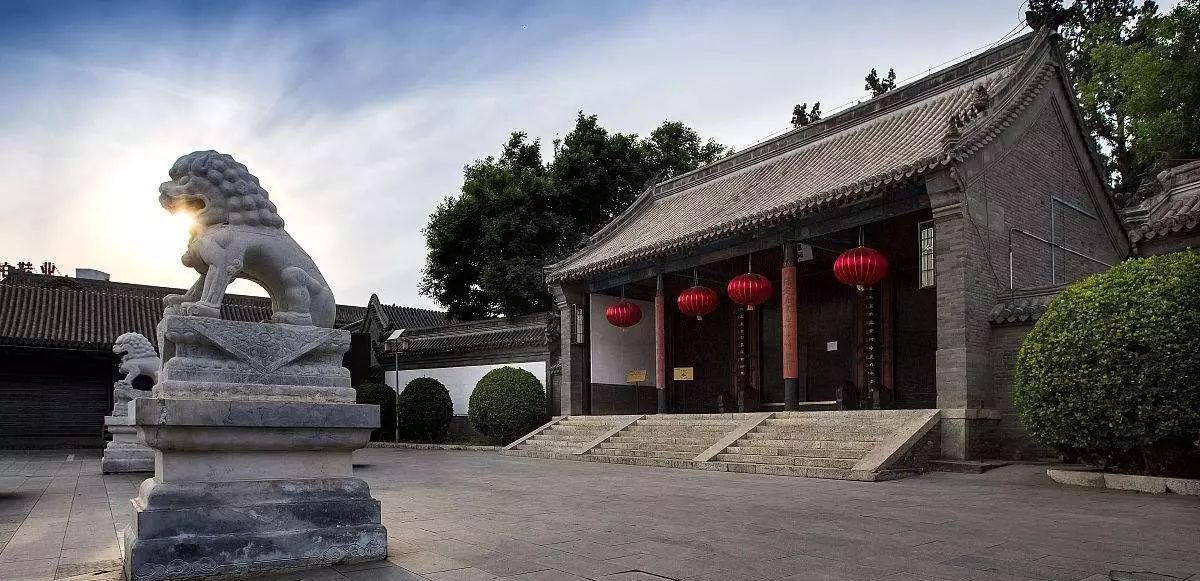
直隶总督署坐北朝南,为小式硬山建筑,具有典型的北方衙署建筑风格。其格局是严格按照清朝关于省级衙署的规制修建的,为前朝后寝的格局。整座建筑群分为东路、中路和西路三个组成部分,各路均为多进四合院格局,类似北京的故宫。中、东、西三路主次分明。中路建筑为衙署主体部分,由五进四合院组成,各院正房均建筑在南北向的中轴线上,两侧配以左右耳房、厢房等。整体布局自南向北依次是大门、仪门院、公生明牌坊、大堂院、二堂院、官邸院、上房院,这些建筑均保存完好。 直隶总督署平面布局严谨,采用中轴对称布局。建筑空间体量广阔,庭院规整迭进,等级界限明显。 直隶总督署共有直隶总督共74人99任次, 如曾国藩、李鸿章、袁世凯、方观承等。清宣统三年(1911年),直隶总督废除。 直隶总督署有“一座总督衙署,半部清史写照”之称。
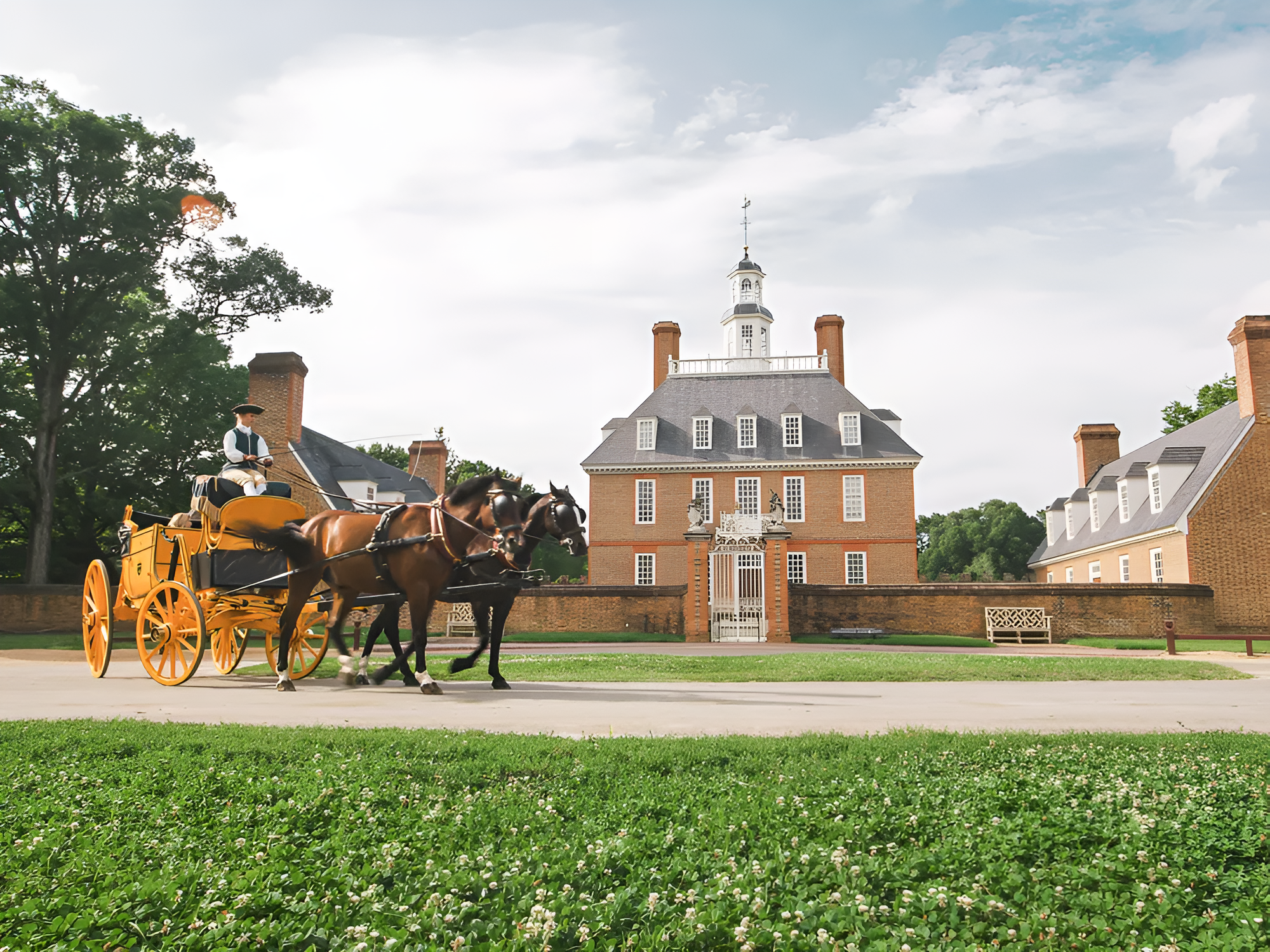




殖民地威廉斯堡(英语:Colonial Williamsburg)是美国弗吉尼亚州威廉斯堡市的一个历史保护区域。18世纪时,威廉斯堡曾是弗吉尼亚州的首府。但至美国革命战争后,威廉斯堡失去其重要的地位。直到20世纪早期, 牧师博士古德温与一些人和组织一起致力保存有历史价值的殖民地时代的建筑。在工程里,被重建的有威廉斯堡,詹姆斯镇和约克镇,这三城镇由殖民地大路相连,并被称为弗吉尼亚历史三角。但在这三个重建的城镇当中,最著名的就是殖民地威廉斯堡。
Colonial Williamsburg ist ein Museum für lebendige Geschichte und eine private Stiftung, die einen Teil des historischen Bezirks in Williamsburg, Virginia, präsentiert. Das 122 Hektar große historische Gebiet umfasst mehrere hundert restaurierte oder nachgebaute Gebäude aus dem 18. Jahrhundert, als die Stadt als Hauptstadt der Kolonie Virginia diente. Der Bezirk umfasst Gebäude aus dem 17. und 19. Jahrhundert, aus der Zeit des Colonial Revival sowie neuere Bauten und Rekonstruktionen. Der historische Bereich umfasst drei Hauptstraßen und die sie verbindenden Seitenstraßen, die so gestaltet sind, dass sie das Williamsburg des 18. Kostümierte Angestellte arbeiten und kleiden sich wie die Menschen in der Kolonialzeit und verwenden manchmal koloniale Grammatik und Diktion.


 History
History
 N 2000 - 2100 AD
N 2000 - 2100 AD


 IT-Times
IT-Times
 Production Engineering/Manufacturing Technologies
Production Engineering/Manufacturing Technologies


 IT-Times
IT-Times
 Artificial Intelligence
Artificial Intelligence


 IT-Times
IT-Times
 CNC
CNC


 IT-Times
IT-Times
 CRM/EAM/ERP/SRM/SCM/HCM/QM/XM/WFM
CRM/EAM/ERP/SRM/SCM/HCM/QM/XM/WFM


 IT-Times
IT-Times
 CAD/CAE/CAM/EDA/PDM/PLM
CAD/CAE/CAM/EDA/PDM/PLM


 IT-Times
IT-Times
 Industrial Robot
Industrial Robot


 IT-Times
IT-Times
 PLC/DCS/FCS/SCADA/MES
PLC/DCS/FCS/SCADA/MES
 United States
United States

| Technology | Location | |
|---|---|---|
| National Additive Manufacturing Innovation Institute (NAMII) | 3D printing | Youngstown, Ohio |
| Digital Manufacturing and Design Innovation Institute (DMDII) | Digital manufacturing | Chicago, Illinois |
| Lightweight Materials Manufacturing Innovation Institute (ALMMII) | Lightweight materials | Detroit, Michigan |
| Next Generation Power Electronics Institute (PowerAmerica) | Wide-bandgap semiconductors | Raleigh, North Carolina |
| Institute for Advanced Composites Manufacturing Innovation (IACMI) | Composite materials | Knoxville, Tennessee |
| American Institute for Manufacturing Integrated Photonics (AIM Photonics) | Photonic integrated circuits | Rochester, New York |
| Flexible Hybrid Electronics Manufacturing Innovation Institute | Flexible electronics | San Jose, California |
| Advanced Functional Fabrics of America (AFFOA) | Textiles | Cambridge, Massachusetts |
| Smart Manufacturing Innovation Institute | Smart manufacturing | Los Angeles, California |


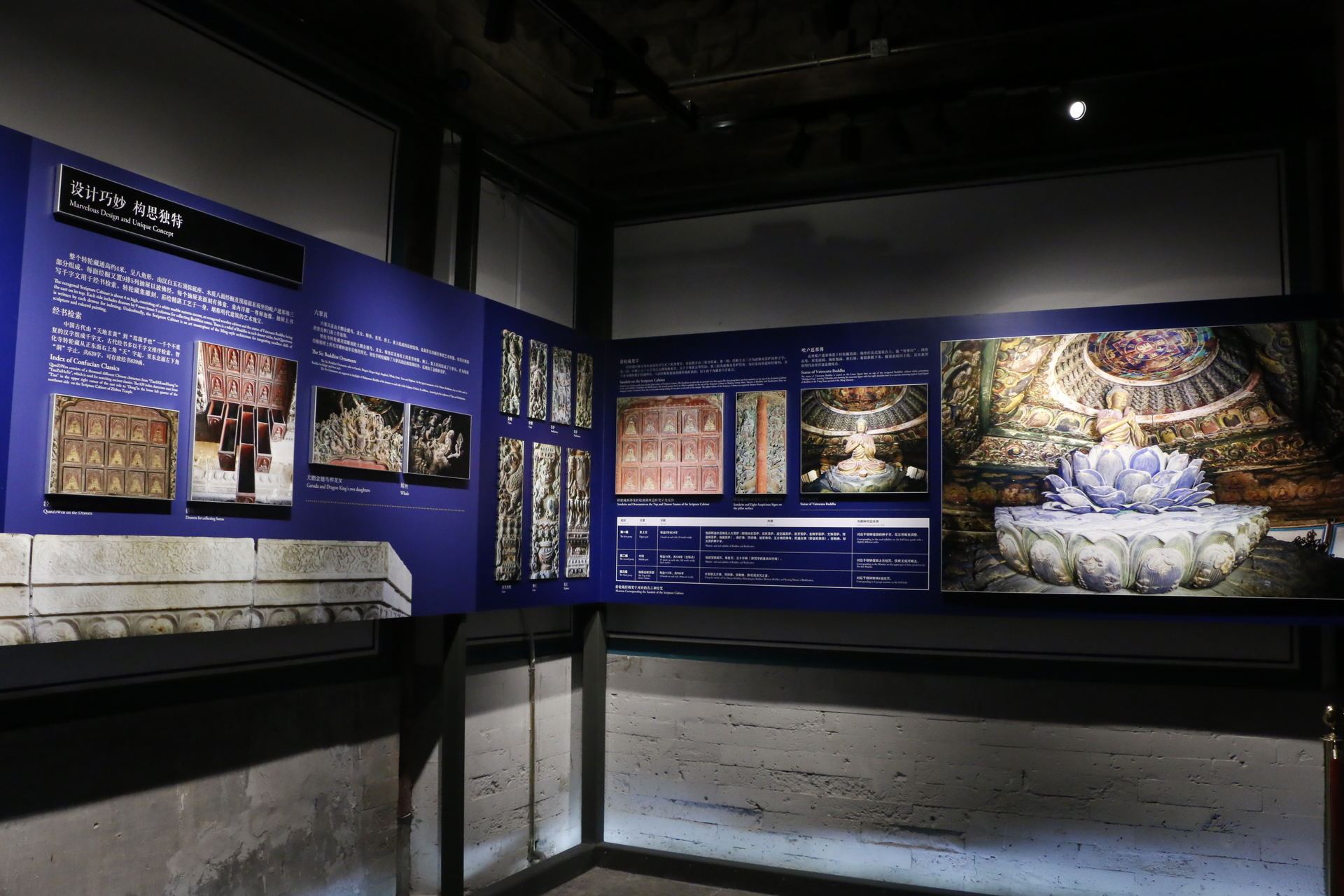
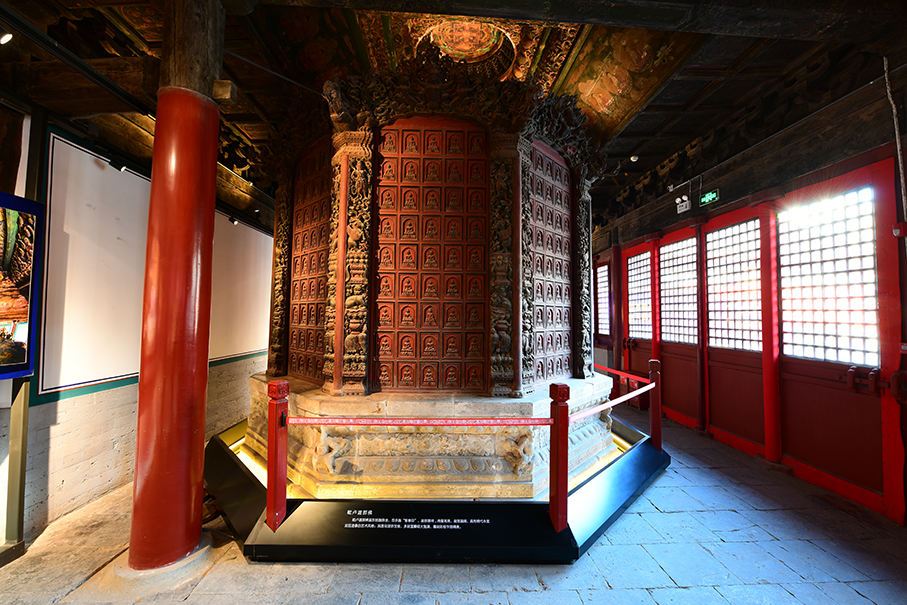
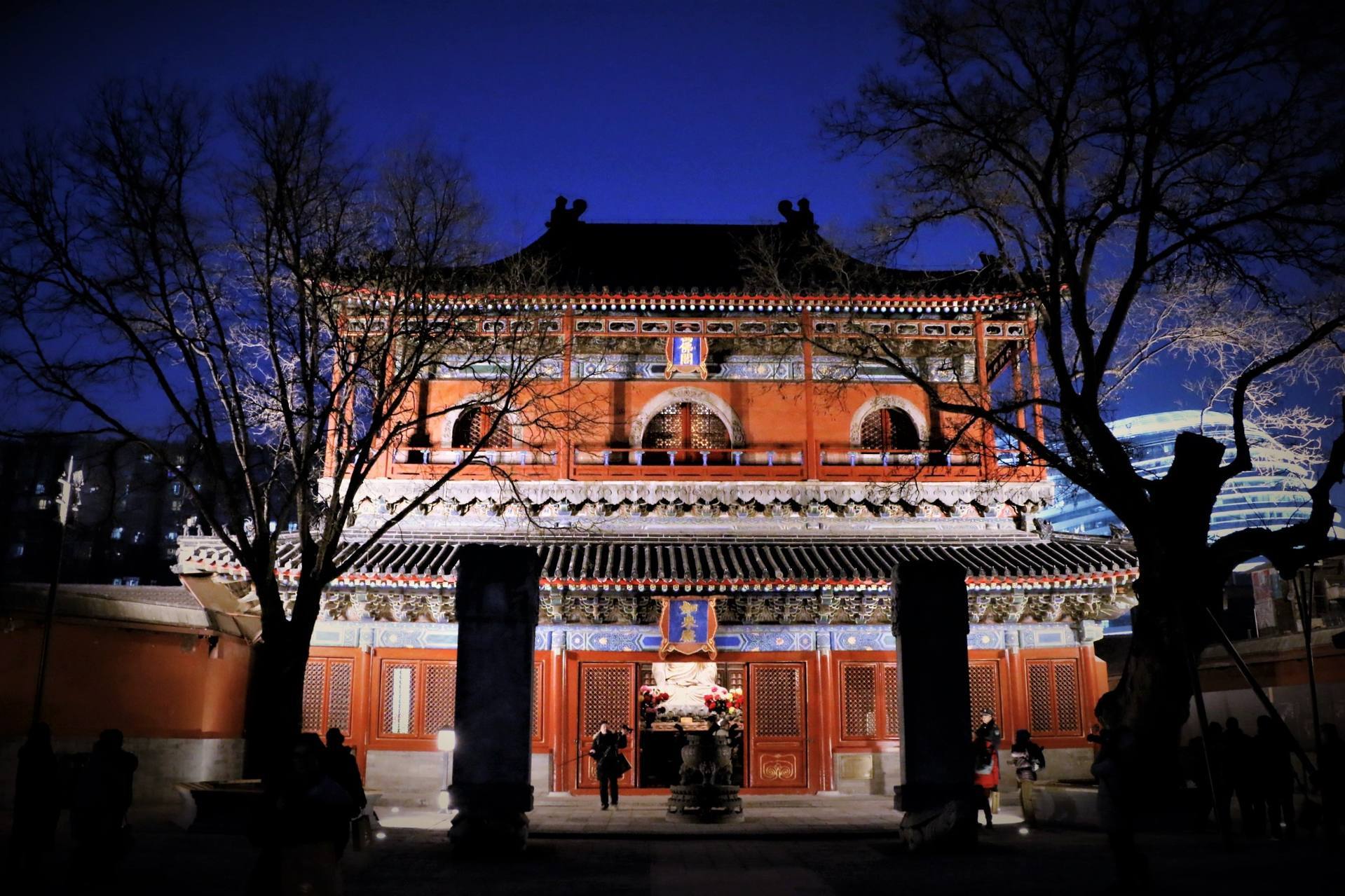
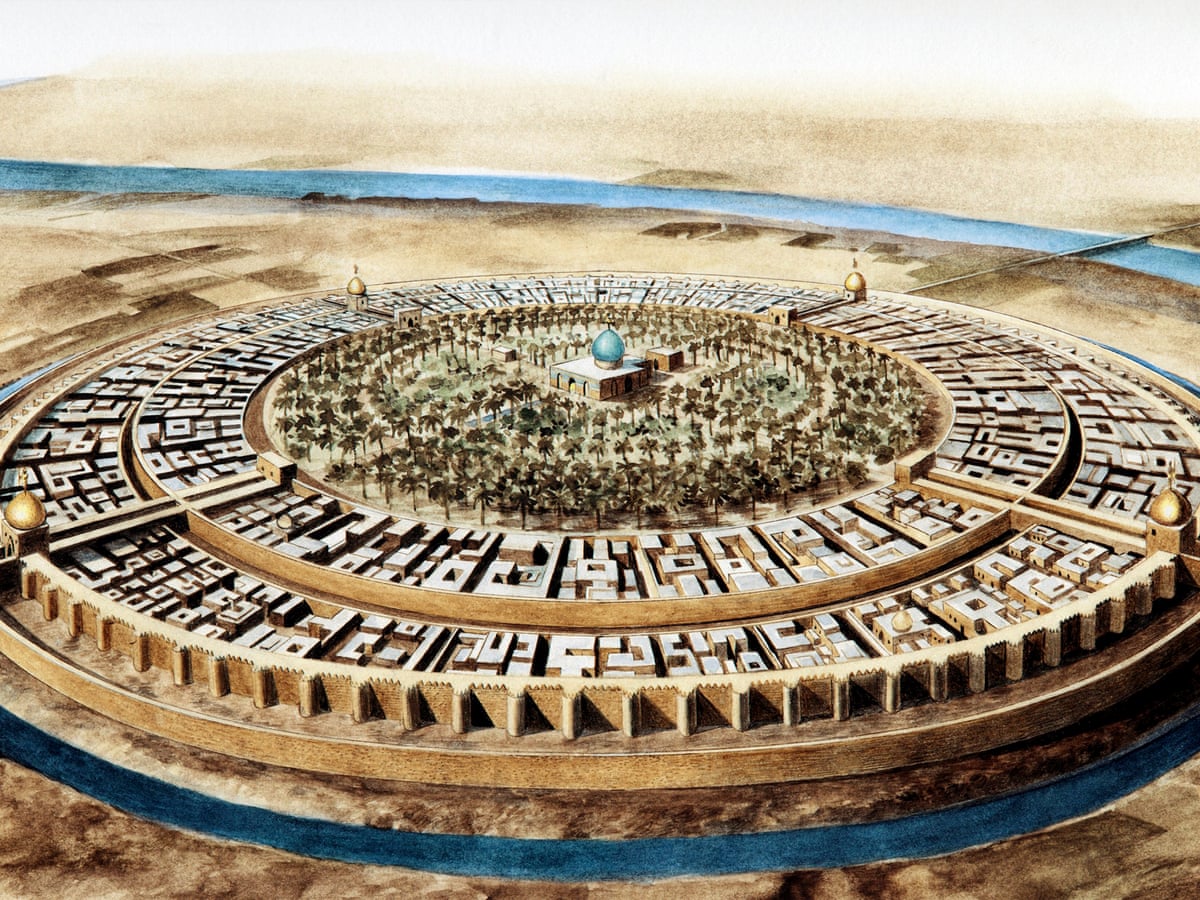
Das Haus der Weisheit (arabisch دار الحكمة, DMG Dār al-Ḥikma ‚Stätte der Weisheit‘) war eine Art Akademie, die im Jahr 825 von dem Abbasiden-Kalifen al-Ma'mūn in Bagdad gegründet wurde. Als Vorbild des Hauses der Weisheit diente die wesentlich ältere Akademie von Gundischapur.
Im Haus der Weisheit arbeiteten zeitweise rund 90 Menschen an wissenschaftlichen Übersetzungen, vor allem aus dem Griechischen, aber auch aus dem Aramäischen und Persischen in die arabische Sprache. Al-Ma'mūn schickte dafür einen Gelehrten seines Hofs nach Byzanz und bat den Kaiser, ihm mathematische Werke (u. a. die des Euklid) zu übergeben. Im Haus wurden alle Werke der Antike übersetzt, die aufzufinden waren, unter anderem von Galen, Hippokrates, Platon, Aristoteles, Ptolemäus oder Archimedes. Unter der Leitung des christlichen Arztes Hunayn ibn Ishaq entwickelten sie ebenso eine Technik des konzeptionellen anstelle des wörtlichen Übersetzens. Auch sein Sohn Ishāq ibn Hunain wirkte hier als Übersetzer von Euklids Elementen mit dem ebenfalls dort wirkenden Mathematiker und Astronomen Thabit ibn Qurra.
In Bagdad arbeiteten nach Aussagen des Historikers Ibn al-Qifti in der Epoche des Aufbaus des Hauses 37 Christen, 8 Sabäer und 9 Juden. Sie waren aufgrund ihrer Fachkenntnisse sowie Sprachkenntnisse wichtig für den Aufbau des Hauses. Unter den Mitarbeitern waren neben den erwähnten Hunain ibn Ishaq und Thabit ibn Qurra unter anderem al-Abbas ibn Said al-Dschauhari, der Philosoph al-Kindī, die Banū-Mūsā-Brüder und der Mathematiker al-Chwarizmi.
Neben dem Übersetzungszentrum zählt man zum Haus der Weisheit auch ein Observatorium, eine Akademie und eine reichhaltige Bibliothek sowie ein Krankenhaus. Nach dem Vorbild der Institution wurden ähnliche Einrichtungen in Córdoba und Sevilla geschaffen. Der Fatimiden-Kalif al-Hakim ließ um 1000 ein Haus der Weisheit in Kairo einrichten.
Bagdad wurde im Jahre 1256 von den Mongolen unter Hülegü erobert, das Haus der Weisheit dabei zusammen mit allen anderen Bibliotheken zerstört.
Die Gründung des Hauses wurde durch die Entwicklung der Papierherstellung im arabischen Raum begünstigt. In Bagdad baute man zu dieser Zeit eine Papiermühle. Auf dem Suq al-Warraqin, dem Papiermarkt, gab es 100 Papiergeschäfte, von denen manches, von Lehrern und Schriftstellern betrieben, ein eigenes kleines Wissenschafts- und Literaturzentrum war. Die berühmtesten Papierhändler waren Ahmad ibn Abi Tahir (819–893) und Abu l-Faradsch Muhammad ibn Ishaq (gest. 995).
智慧之家(阿拉伯语:بيت الحكمة,罗马化:Bayt al-Ḥikmah),多译作“智慧宫”,是阿拉伯帝国阿拔斯王朝时期伊拉克巴格达的一所图书馆及翻译机构[1]。它是翻译运动里的重要机构,被视为伊斯兰黄金时代的一个主要学术中心。智慧之家由阿拔斯王朝哈里发哈伦·拉希德创立[2],在其子马蒙时最为鼎盛,马蒙在公元813年至833年间当政,因智慧之家而备受赞扬。在九世纪至十三世纪,许多博学的穆斯林学者都是这所教育研究机构的一部分。
智慧之家一词是萨珊王朝对图书馆称呼的直译。它仿照了萨珊王朝的图书馆,以翻译波斯文书籍到阿拉伯文及保存译本为目的[3]。
在马蒙治下,天文台被建立起来,智慧之家是研习人文科学及科学的中心,包括数学、天文学、医学、化学、动物学及地理。学者们借鉴波斯、印度及希腊的文献,包括毕达哥拉斯、柏拉图、亚里士多德、希波克拉底、欧几里得、普罗提诺、盖伦、苏胥如塔、沙落迦、阿耶波多、苏格拉底及婆罗摩笈多的著作,他们积累了世界上的各种知识,并根据他们的发现再加以扩展。巴格达是当时世上最富庶的城市,并且是学术发展的中心,人口超过百万人,为当时之冠[4]。代数之父花拉子米也是智慧之家的学者[5]。

 Energy resource
Energy resource

 Energy resource
Energy resource
 *****Energy storage
*****Energy storage

 Energy resource
Energy resource
 *Electrical power
*Electrical power

 Energy resource
Energy resource
 *****Electronic electricity meters
*****Electronic electricity meters

 History
History
 N 2000 - 2100 AD
N 2000 - 2100 AD

 Science and technology
Science and technology
 Technology concepts
Technology concepts

智能电网(英语:Smart grid、smart electric grid、或intelligent grid),一种现代化的输电网络。利用信息及通信技术,以数字或类比[1]信号侦测与收集供应端的电力供应状况,与使用端的电力使用状况。再用这些信息来调整电力的生产与输配,或调整家电及企业用户的耗电量,以此达到节约能源、降低损耗、增强电网可靠性的目的。[2]。智能电网雏型是20世纪产生的,由一些中心发电机向大量用户传输电能的电网的简单升级。在传统电网的基础上,电能的传输拓扑网络更加优化以满足更大范围的各种用电状况,如在用电量低的时段给电池充电,然后在高峰时反过来给电网提供电能。
智能电网包含了一个智能电表基础建设(Advanced Metering Infrastructure,AMI),用于记录系统所有电能的流动。通过智能电表(Smart meter),它会随时监测电力使用的状况。[3]智能电网包括超导传输线以减少电能的传输损耗,还具有集成新能源,如风能、太阳能等的能力。当电能便宜时,消费者可以开启某些家用电器,如洗碗机,工厂可以启动在任何时间段都可以进行的生产过程。在电能需求的高峰期,它可以关闭一些非必要的用电设备来降低需求。其他的智能电网发展方向包括电网之故障侦测、判断、自动试送电等。智能电网之最基础建设在于电网上的设备由人工在地监测,进化到遥测、遥控,再进化到自动判断调整控制。
智能电网政策在欧洲被组织为智能电网欧洲技术平台。
智能制造(英语:Smart manufacturing)[1]是指引入电脑整合制造以及数字信息技术的制造业。智能工厂就是典型的智能制造。智能制造中有可互操作的系统、智能自动化机器人、强大的网络安全以及联网的传感器。
Smart manufacturing[1] is a broad category of manufacturing that employs computer-integrated manufacturing, high levels of adaptability and rapid design changes, digital information technology, and more flexible technical workforce training.[2] Other goals sometimes include fast changes in production levels based on demand,[3][1] optimization of the supply chain,[3] efficient production and recyclability.[4] In this concept, as smart factory has interoperable systems, multi-scale dynamic modelling and simulation, intelligent automation, strong cyber security, and networked sensors.
The broad definition of smart manufacturing covers many different technologies. Some of the key technologies in the smart manufacturing movement include big data processing capabilities, industrial connectivity devices and services, and advanced robotics.[

 Architecture
Architecture
 Vacation and Travel
Vacation and Travel
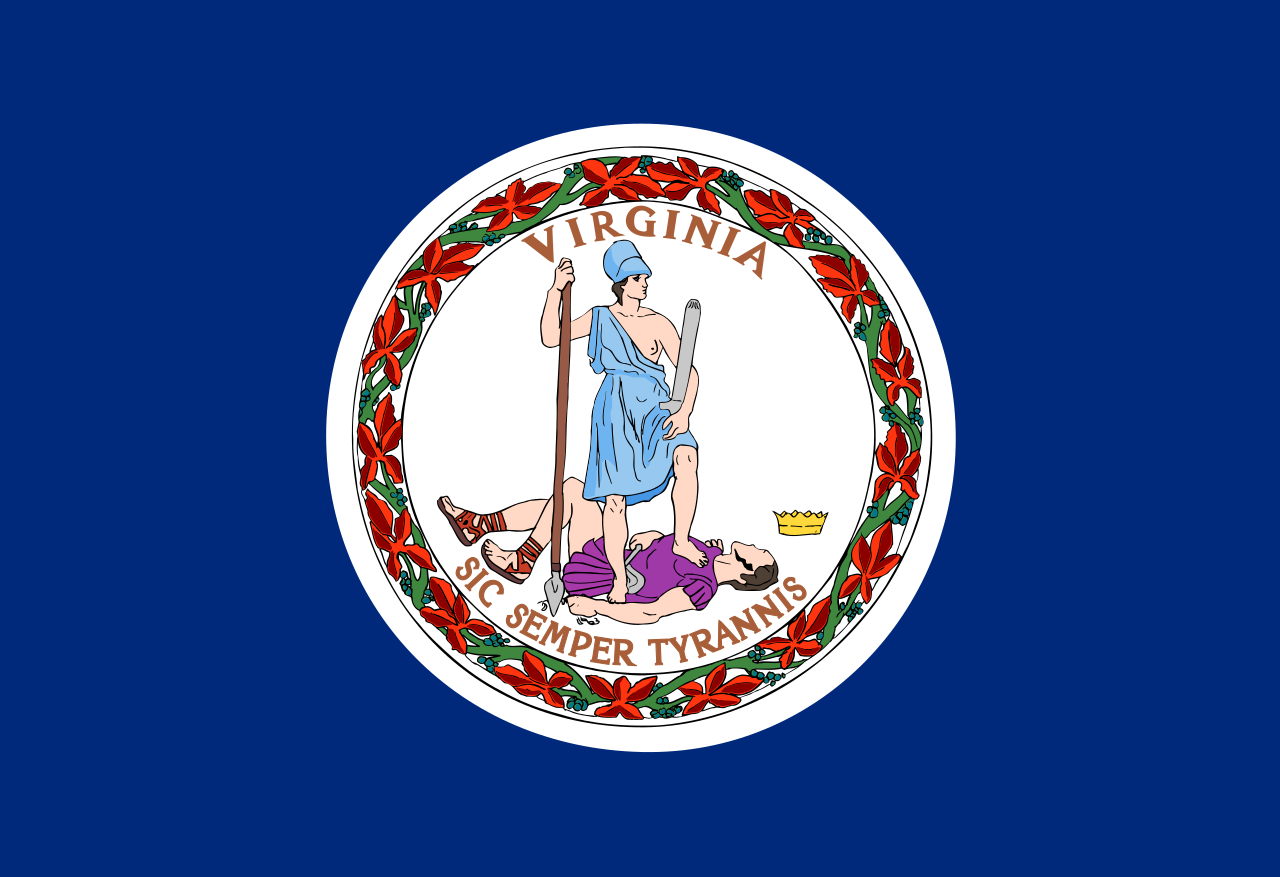 Virginia-VA
Virginia-VA
 Historical coins, banknotes
Historical coins, banknotes
 Review
Review
 Religion
Religion
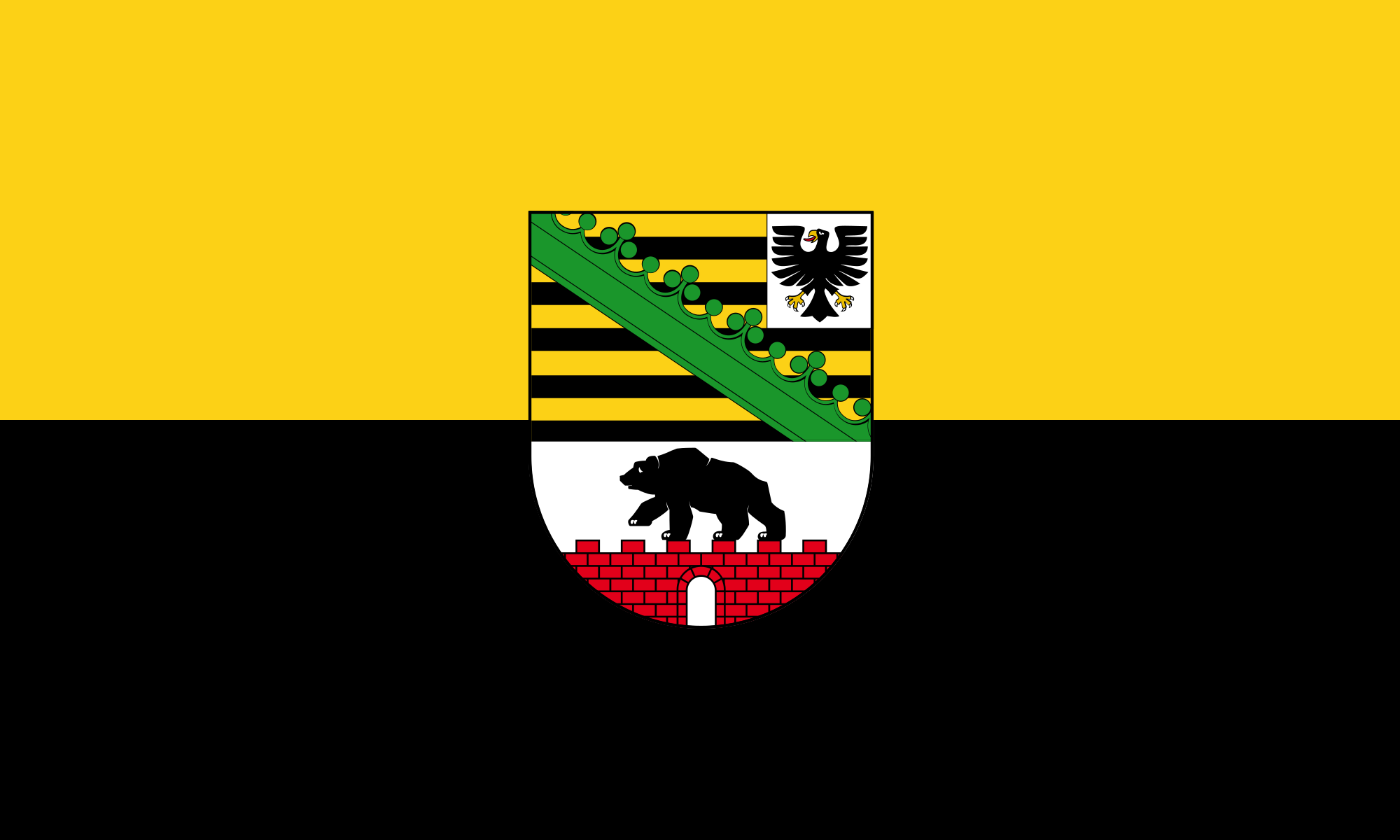 Saxony-Anhalt
Saxony-Anhalt
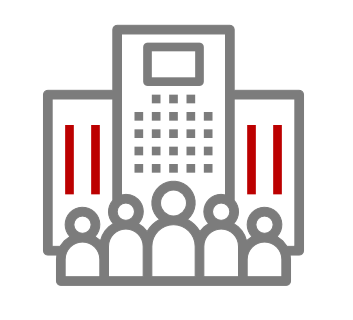 Companies
Companies